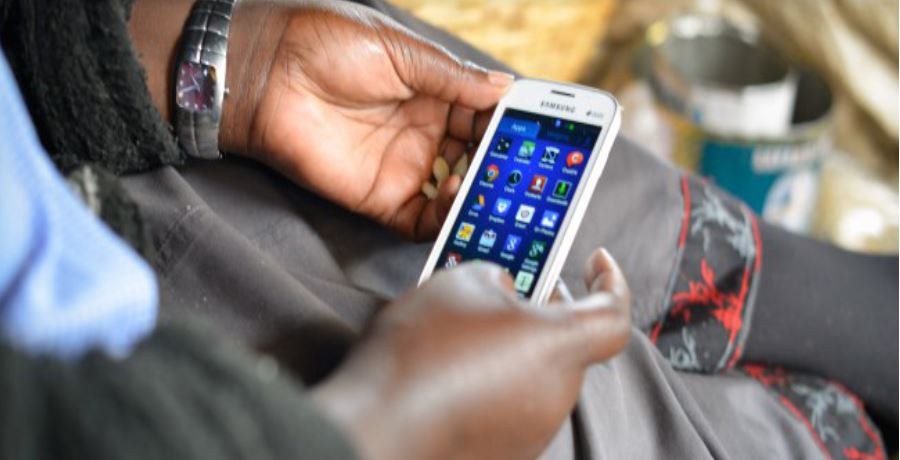
80 per cent of women in low- and middle-income countries are now mobile owners. This is according to the GSMA’s 2019 Mobile Gender Gap Report released today. The report further notes that mobile is the primary means of internet access in these markets, where 48 per cent of women use mobile to get online.
Despite the growth in connectivity, the gender gap in mobile ownership is however not closing. Women remain 10 per cent less likely than men to own a mobile phone in low- and middle-income countries, and 23 per cent less likely than men to use mobile internet. The mobile gender gap varies by region and country but is widest in South Asia where women are 28 per cent less likely than men to own a mobile device and 58 per cent less likely to use the mobile internet.
“We are seeing significantly increased mobile access for women, however in an increasingly connected world, women are still being left behind,” said Mats Granryd, Director General, GSMA. “While mobile connectivity is spreading quickly, it is not spreading equally. Unequal access to mobile technology threatens to exacerbate the inequalities women already experience.”
Mobile operators are also taking action to address the mobile gender gap and leading an effort to drive digital and financial inclusion for women. As part of the GSMA Connected Women Programme’s Commitment Initiative, nearly 37 mobile operators from 27 countries across Africa, Asia and Latin America have committed to reducing the gender gap in their mobile money or mobile internet customer base by 2020. These operators have provided over 16 million additional women with access to digital and financial services since 2016.
“Ensuring digital and financial inclusion for women is critically important, as we know that when women thrive, societies, businesses and economies thrive,” added Granryd. “Reaching the 432 million women in these countries who are still unconnected will require concerted effort and coordination from the mobile industry, as well as policy makers and the international community.”
Women highlighted affordability, literacy and digital skills, a perceived lack of relevance, and safety and security concerns as the top barriers needing to be addressed in order to further decrease the mobile gender gap.
The GSMA report found that closing the gender gaps in mobile ownership and usage represents a substantial commercial opportunity for the mobile industry. Over the next five years, low- and middle-income countries could gain an estimated additional $140 billion in mobile industry revenue if operators could close these gender gaps by 2023. The GSMA also found that closing the mobile gender gap could be an important driver of economic growth. These markets could also add an additional $700 billion in GDP growth by 2023.
Have anything to add to this story? Leave us a comment in the comments section below. In the meantime, follow or subscribe to our newsletter to ensure you don’t miss out on any future updates.





